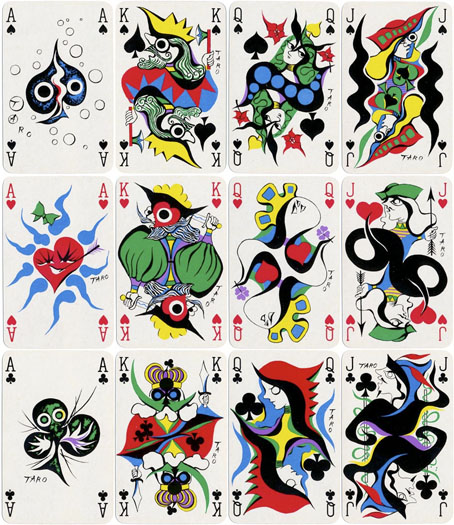
Poster design by Yusaku Kamekura.
More expositiana. Expo 2025 opens in Osaka in April, 55 years after the last expo staged in the city. Looking at the Expo 2025 website I can’t see the event generating much interest 50 years from now the way that Expo 70 does today. Expo 70 is the only 20th-century exhibition with any substantial cult value, something I’d guess to be a combination of several factors. On the design and architecture fronts the exposition was especially notable, with a great logo, great posters, and pavilions that look like a future that never arrived. In the 21st century the Japanese dimension of Expo 70 adds to its attraction; among other things the event is the only exposition whose site gets trashed by battling kaiju monsters, as happens at the end of Gamera vs. Jiger.

The Tower of the Sun from the Expo 70 Official Guide.
Then there’s the centrepiece of the event site, Taro Okamoto’s Tower of the Sun, which joins the Eiffel Tower, the Brussels Atomium and Seattle’s Space Needle in being an exposition remnant that future generations have decided to preserve. Okamoto’s Tower is the strangest of all the surviving exposition structures, the creation of a multi-talented artist, designer and jazz drummer (!) who exhibited with the Surrealists in Paris in the 1930s. Now that the Tower is now left standing alone in open parkland it seems more like the world’s largest Surrealist sculpture. In 2018 Kôsai Sekine released a feature-length documentary, Tower of the Sun, about the artist and the construction of his tower.
A Day of Expo 70.
A Day of Expo 70 is a much shorter documentary made to promote New Zealand’s involvement with the exposition. This is one of the longer English-language films made while the expo was still in progress, and one of many films about the event at this dedicated YouTube channel. Most of the clips are in Japanese, like this three-hour TV special, but still worth seeing for the documentary detail. For French speakers there’s an hour-long documentary at the Radio Canada archives. And while I usually dislike the pointless upscaling of old film and video material this clip shows overhead views of the expo site from the monorail and the cable cars.
Previously on { feuilleton }
• Impressions of Expo 67
• Expositiana
• The exposition moiré
• Angkor in Paris, 1931
• The world of the future
• Space Needle USA
• A Trip to the Moon, 1901
• Le Panorama Exposition Universelle
• Exposition cornucopia
• The Evanescent City



